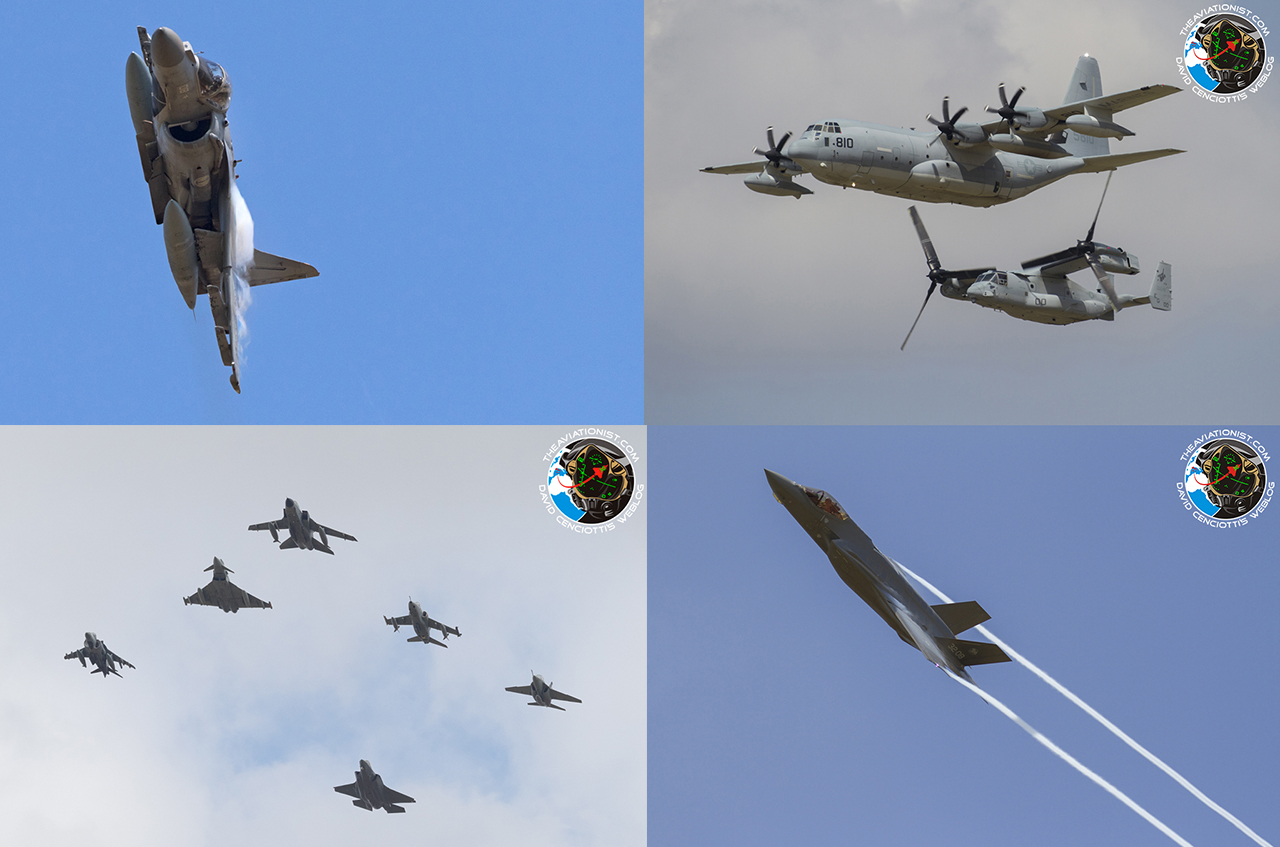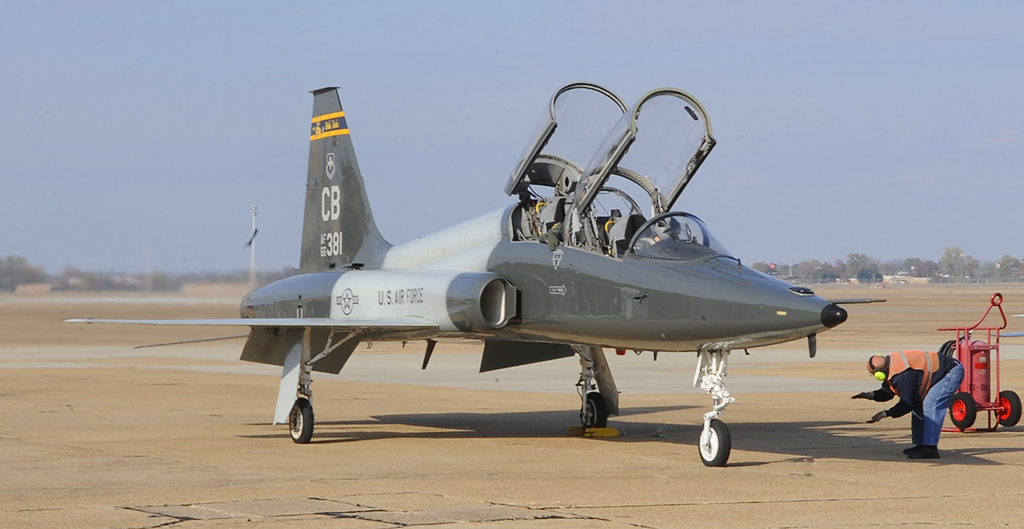F-35, T-346, Typhoon, AV-8B, CAEW among the assets involved Italy’s largest exercise supported (for the first time) by the U.S. Marine Corps too.
From May 7 to 19, more than 2,000 military, 25 aircraft and helicopters, dozens of land, naval and amphibious vehicles belonging to the Italian Air Force, Navy, Army were involved in the first phase of Italy’s largest joint drills this year: Exercise Joint Stars 2018. The aim of JS18 is “to achieve the highest possible level of interoperability among the Armed Forces, with an intelligent use of all specialties, to achieve a common goal, thanks also to the development and integration of common procedures “.
Joint Stars 2018 was designed to train commands and forces on the various types of missions that could be required in future national, multinational and coalition operations and is “a valuable opportunity to achieve, through the joint training of the Italian Army, Navy and Air Force synergy and economies, as well as to share resources and maximize interoperability in the Defense field, refining the capacity for intervention with a joint force.” Unlike the previous editions, the scenario included operations conducted within an environment degraded by cybernetic and chemical-biological and radioactive threats (CBRN).

The first phase of JS18 saw the integration of four “federated” exercises within a LIVEX (Live Exercise), an exercise made of actual assets. In particular, the LIVEX integrated Exercise “Vega 18” led by the Italian Air Force; “Mare Aperto 2018” led by the Italian Navy; “Golden Wings” led by the Italian Army; and “Ramstein Guard 6-2018” exercise conducted by NATO. For the very first time this year, the JS drills saw the participation of a contingent of the U.S. Marine Corps.


The MOB (Main Operating Base) of the exercise was Decimomannu, in Sardinia, that hosted most of the participating assets, including the Italian Navy AV-8B+ Harrier II and NH-90, the Italian Army CH-47 and A-129 Mangusta as well as the MV-22 Osprey tilt-rotor and KC-130J aircraft, that took part in the airdrop onto the airfield and in a large Joint Personnel Recovery mission.
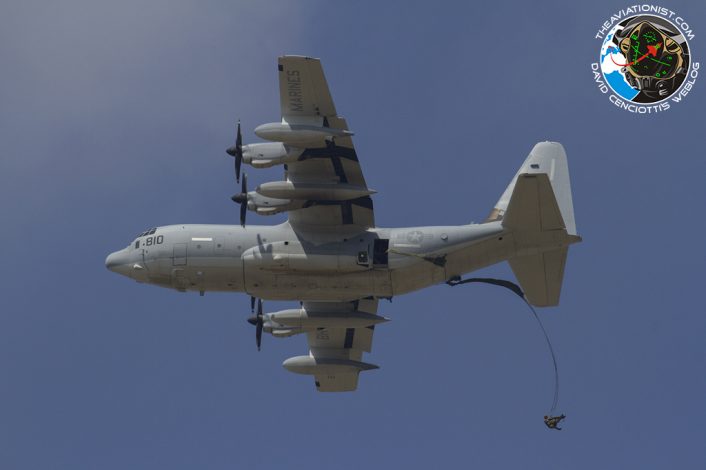
Dealing with the Italian Air Force, JS18 saw the involvement of all the most advanced “hardware” currently in service.
F-35A, Predator drones, G550 CAEW but also Eurofighter, Tornado and AMX jets flew missions aimed at achieving “Information Superiority” on the battlefield: indeed, access to and control of information has always played a crucial role in military operations. The Italian Air Force responds to this challenge with the use of highly specialized aircraft assets such as Predator, CAEW and F-35 and high-tech systems, such as the “RecceLite” and “Litening III” pods on Eurofighter, Tornado and AMX.

Noteworthy, the Italian F-35A were involved also as Aggressors, alongside the T-346 aircraft: for instance, an air defense mission saw four Typhoons supported by one CAEW (“Blue Air”) fly against two T-346 and two F-35s (“Red Air”) supported by a NATO Da-20 EW (Electronic Warfare), whose role was to degrade the effectiveness of the interceptors radar and radio systems by using radar jamming and deception methods.
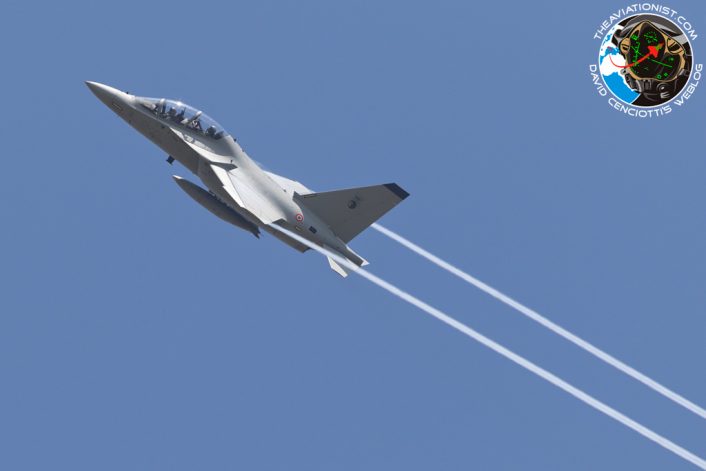
The MQ-1C (Predator “A +”) and MQ-9A (Predator “B”) UAS (Unmanned Aerial Systems) were tasked with ISTAR (Intelligence, Surveillance, Target Acquisition and Reconnaissance) missions; the CAEW (Conformal Airborne Early Warning) aircraft, acted as AEW as well as “flying command post” proving particularly useful to support land, naval and air forces; the brand new F-35A Lightning II stealth aircraft made use of their high-end electronic intelligence gathering sensors combined with advanced sensor fusion capabilities to create a single integrated “picture” of the battlefield that could be shared in real-time with all the players.

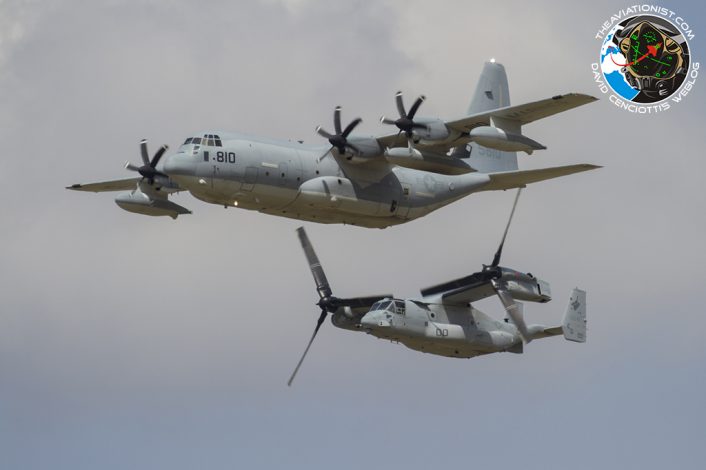
Typhoon, Tornado IDS and AMX jets performed tactical reconnaissance missions on terrestrial targets using “RecceLite” and “Litening III” pods, whereas HH-139, HH-101, HH-212 helicopters along with the Eurofighter jets undertook SMI (Slow Mover Intercept) missions against NH.500 helicopter and Siai 208 light aircraft that played the “slow mover” role.

All the photographs in this article were taken by The Aviationist’s photographers Giovanni Maduli and Alessandro Caglieri.

